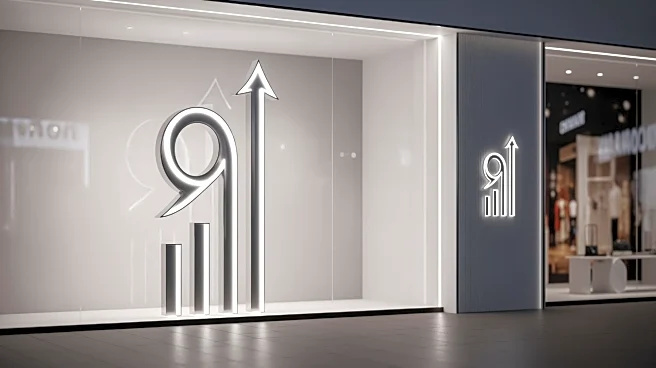What's Happening?
Topdrawer, a division of the Japan-based specialty retailer Itoya, is redefining the retail experience by focusing on products that are built to last and creating unique store environments. With 16 locations
across the U.S., each store is designed to reflect its local neighborhood, offering a distinct vibe and product lineup. The company emphasizes the importance of Japanese-inspired rituals in its product offerings, which include proprietary designs aimed at the 'creative class' such as entrepreneurs and designers. Topdrawer’s approach contrasts with the trend of fast fashion, as it encourages customers to engage with products directly, without barriers like glass displays, to foster a hands-on experience.
Why It's Important?
Topdrawer’s strategy highlights a shift in consumer preferences towards sustainable and experiential retail. By focusing on longevity and quality, the company appeals to consumers who value durability over disposability, challenging the fast fashion model. This approach not only differentiates Topdrawer in a competitive market but also aligns with growing consumer awareness about environmental impacts. The emphasis on unique, localized store experiences can enhance customer loyalty and engagement, potentially influencing broader retail trends towards more personalized and sustainable shopping experiences.
What's Next?
Topdrawer plans to continue its growth by focusing on existing markets and expanding its ecommerce presence, which is expected to double in the coming year. The company is likely to open additional stores in cities where it already operates, adopting a 'clustering' strategy to strengthen its market presence. This expansion will be guided by the selection of neighborhoods that align with Topdrawer’s brand ethos, such as those with vibrant local cultures and amenities. As the company grows, it may further influence the retail industry’s shift towards sustainable and experiential shopping models.
Beyond the Headlines
Topdrawer’s approach raises questions about the future of retail in an era increasingly concerned with sustainability and consumer experience. By prioritizing product longevity and customer interaction, the company challenges traditional retail models and encourages a cultural shift towards valuing quality and experience over quantity. This could lead to broader changes in consumer behavior and expectations, potentially impacting how other retailers design their stores and product offerings.













